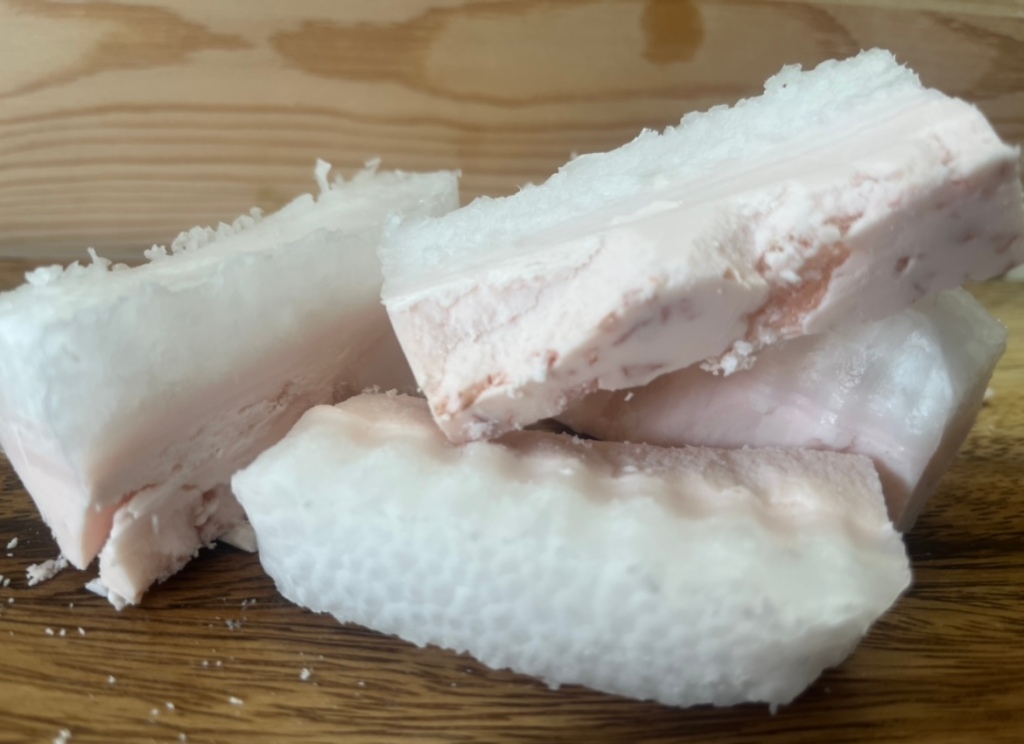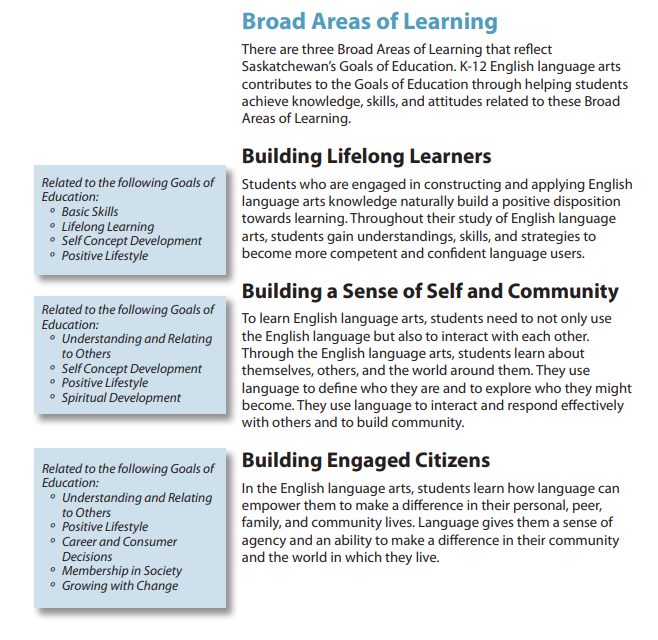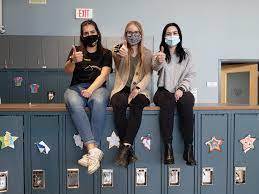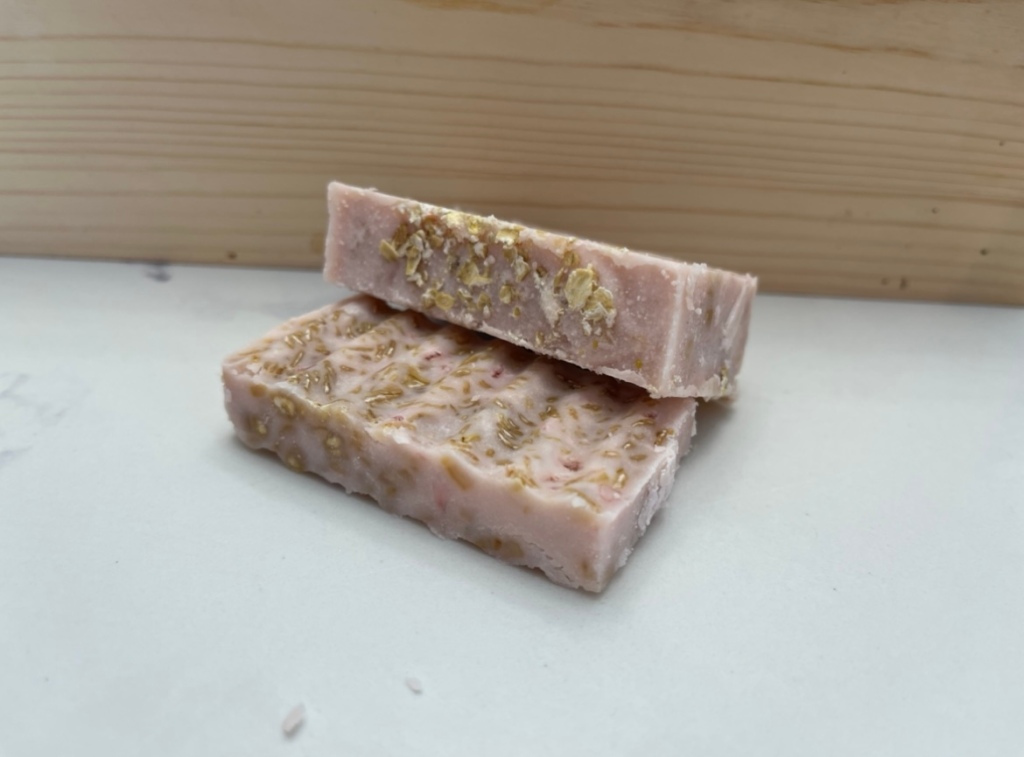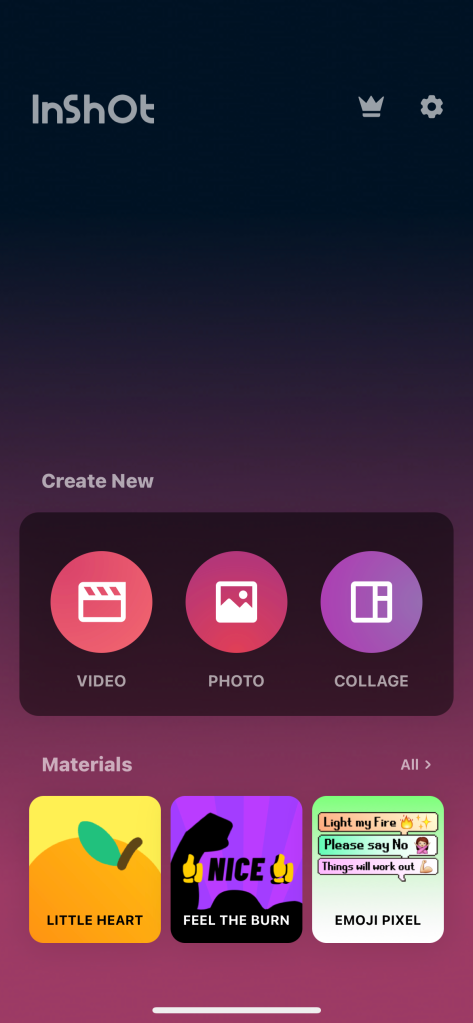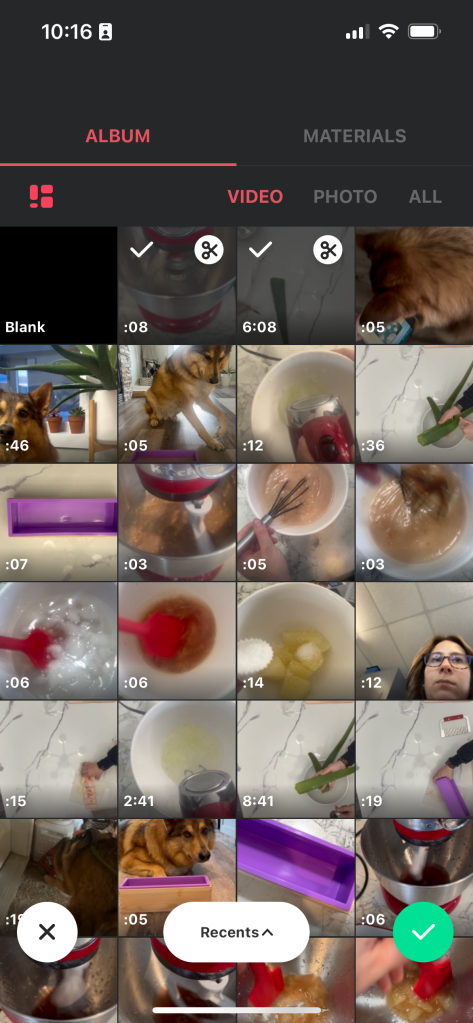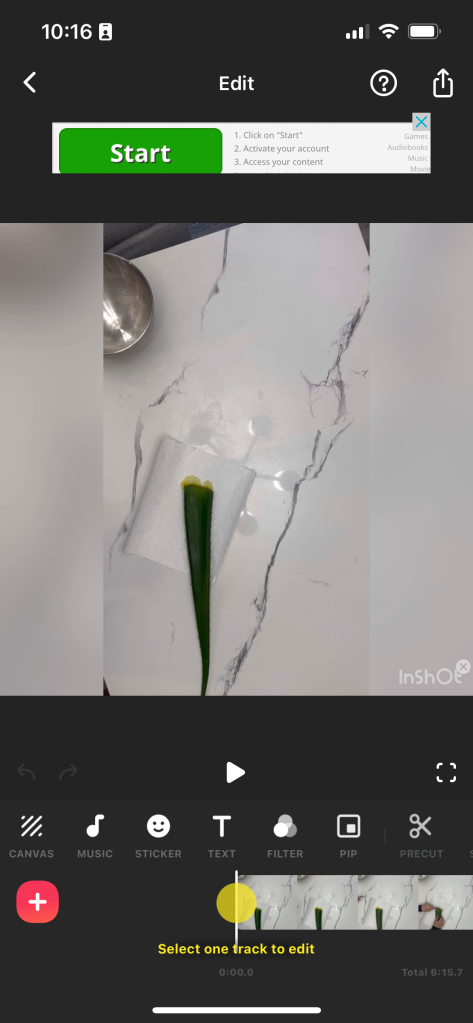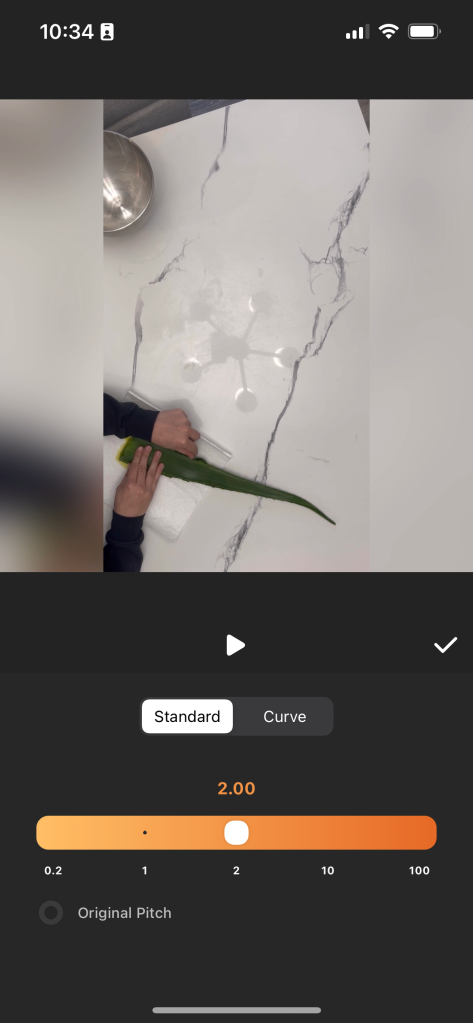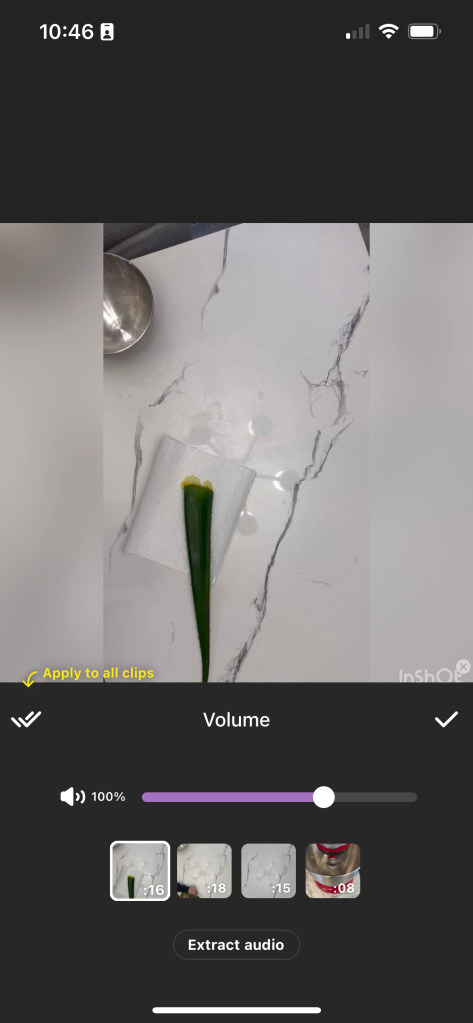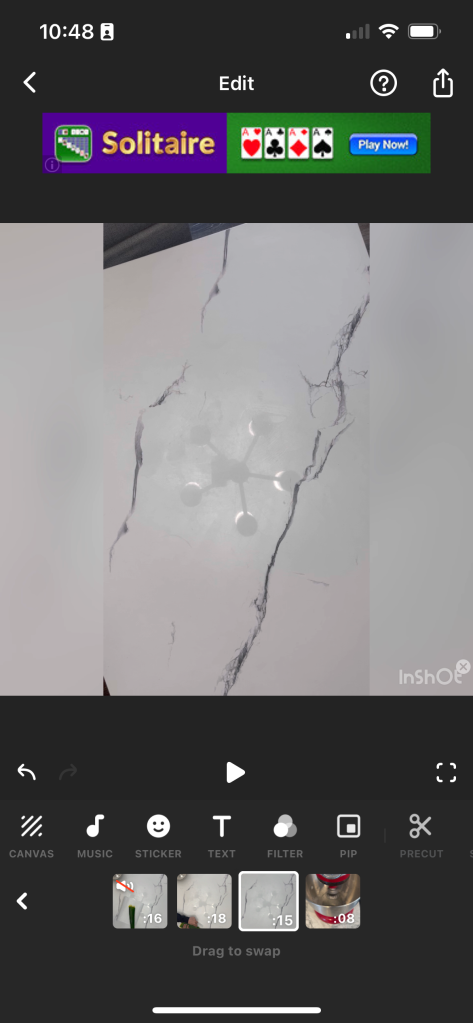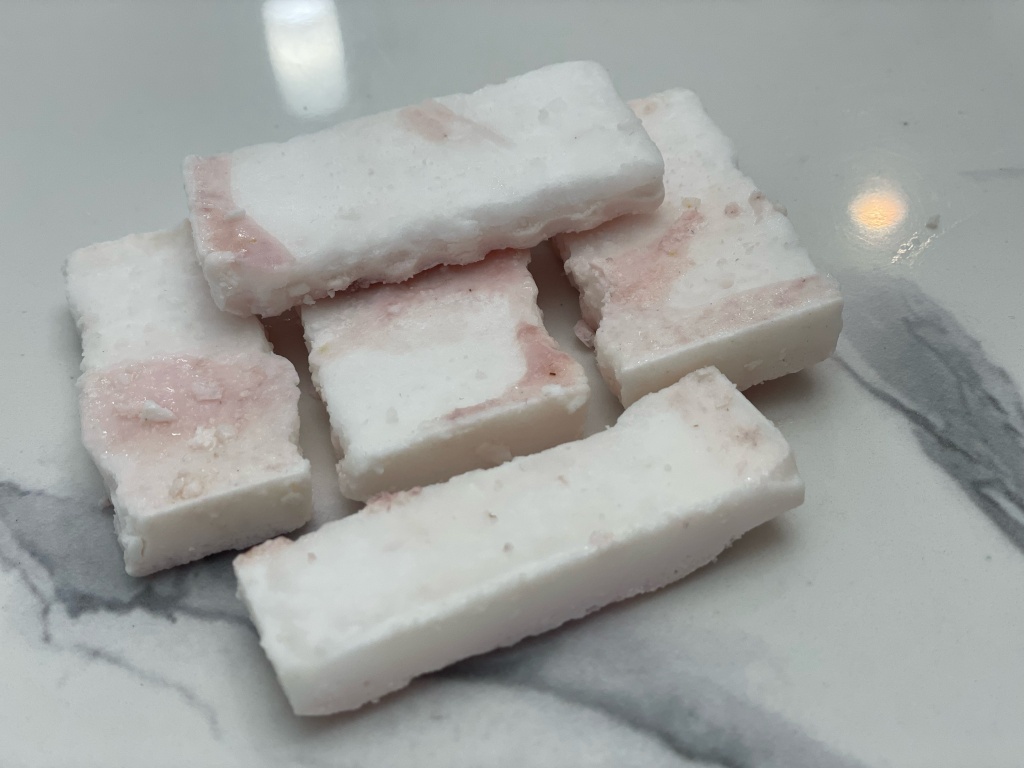
If you don’t get it, lye is one of the main ingredients in my soap. Sodium hydroxide is the actual scientific name.
First off, I started with my aloe Vera plant that worked its roots off to grow and give me some high quality aloe to work with.
I am going to give an overview of my learning project as well as a reflection on what worked and what I still need to work on.
Soap 1: Three Ingredient Soap
My very first soap was bad news bears. Quite like most people learning new things, I just gave it a good shot. I did not measure even, I just eye balled it. What was I even thinking????
You can check out how that went here.
Soap 2: Oatmeal Soap (THE BEST ONE)
This soap went the BEST! I added a four ingredient (oatmeal ) in hopes to create a really gentle bar of soap. This one was both aesthetically pleasing and nice on the skin! This was my biggest win in my learning project! Here is the video that shows my best work!
Soap 3: Adding Essential Oils
This one did not go over well, which was slightly disappointing. I think this is a great reflection of the roller coaster of learning something new. My previous soap went so well, I thought that I had a lot of the process perfected. After a week of setting, the soap separated and did not work out. The coconut oil is at the bottom of the soap and the lye/aloe Vera is at the top. I am not sure what happened.
Soap 4: STILL SEPARATED
Okay, this is when I started to wonder, like what the heck is going on? The soap separated AGAIN! After doing some research, I thought that it had to do with how much mixing I was doing. Then, I wondered if the difference in temperature (iced aloe, mixed with lye, mixed with warmed up liquid coconut oil). I just did not know what happened.
Soap 5: Soap-prise, it did not work. AGAIN!
So, for this time I tried to use fresh aloe Vera with the lye. In previous posts, I saw that the lye was going to heat up the aloe, but I though that if the lye was heated, and the coconut oil was heated, they might be near the same temperature and they would be able to cool together as well. I also connected that the air was obviously getting warmer and warmer that the humidity might not be a positive contribution. I was wrong. Check out what my final soap looked like.
What worked?
Actually, not much worked, haha. First off, I got REALLY good at harvesting my aloe. After watching lots of TikToks and Instagram reels, I got my harvesting skills down pat. My first harvesting record video was over 14 minutes. My final harvesting took just under 3 minutes. Using a spoon to scoop long strips out of the leaves was a great lesson, but I was getting poked and prodded by my aloe Vera. I just cut off the edges and then the pokey parts were gone! Woohoo!
Something else that went well was the oatmeal soap. I am not sure what went SO well with my oatmeal soap, but it formed well, blended well and when I go back and watch the video, I see that after I added the coconut oil and poured the soap, it looks so thick! I am not sure what went so well, or if I just mixed it perfectly, or if the oatmeal was the awesome best part. It was just the best soap!
Also, I got really good at using iMovie. I learned more and more each week, and I was able to document my journey and I was able to do my editing on the go, or right before bed. It was pretty cool! I am sure that I will incorporate iMovie in my classroom in the future!
What I Still Need to Improve…
For four of my five soaps, I could not get the consistency correct. Personally, I believe this can be a downfall of asynchronous, online learning. We can watch videos over and over and over and over again, but immediate and constant feedback is missing key factor.
My soaps are not awful, and I learned a great deal, but going forward I think I am going to try and make some soap with OUT my aloe Vera. I believe that the pulp and the gel are sometimes hard to perfect. I am also wondering if I can find someone local to meet with over the summer to give me some pointers. Watching a video that says “mix for 3-5 minutes”, I am not sure when to tell to quit, besides mixing for the maximum 5 minutes.
As the weather got warmer, it also got harder to keep my soap and get it to harden. Having a little fridge for just my soaps might be in my future!
Final Thoughts
I am a fairly big advocate for the validity of learning online, but I really believe that there has to be value put into the idea of having synchronous portions. If I was able to just get some feedback from a soap-ster themselves, I think my learning would have been more valid and valuable.
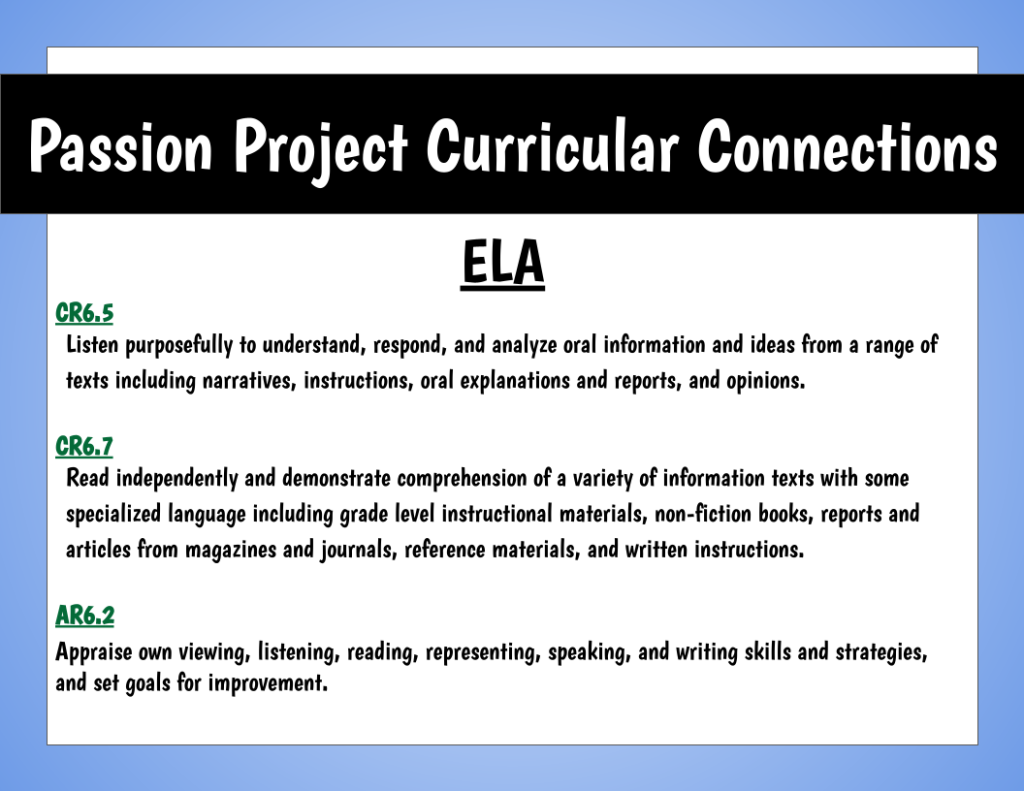
This project has helped me understand the importance doing something I am passionate about in my spare time, and also solidified the idea of having genius hour in my classroom so that students can meet curricular outcomes while learning and documenting my journey. I have found some basic ways to incorporate genius hour or passion projects into my classroom through the use of ELA outcomes.
